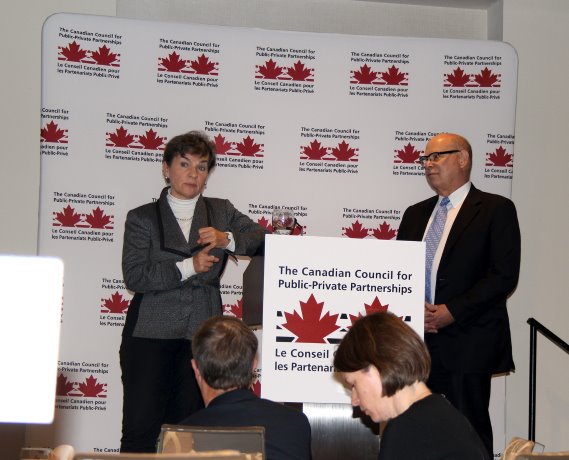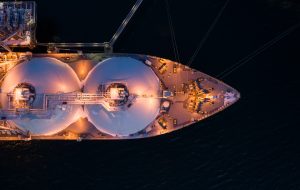The key to dealing with climate change is to decarbonize the world economy by 2050 and that requires building differently, said a leading expert on climate change.
"It is irrelevant if you don’t believe in climate change, just as it is irrelevant if you don’t believe in gravity," said Christiana Figueres, who led the original negotiations of the 2015 Paris Agreement in her former role as executive secretary of the United Nations Framework Convention on Climate Change.
"The gravitational pull on your body and everything around you is equally as strong as the destructive power of climate change.
"What we have to do here is wake up to the reality and answer the question what are we going to do."
Figueres explained in her talk, Global Climate Change — Implications and Strategies for "Future Proofing" Public Infrastructure, at a Canadian Council for Public-Private Partnerships luncheon held recently in Toronto, that the topic of climate change is incredibly timely with four hurricanes in the U.S. and Caribbean in the past nine weeks. The luncheon was a preview to the upcoming conference on Nov. 6 and 7.
To stand a chance of being able to adapt, recuperate and rebuild from the damaging effects of climate change, one thing is essential, she said.
"We’re going to have to decarbonize the entire global economy and be at net zero carbon emissions by 2050," Figueres noted, adding while this is established in the Paris Agreement, what is not established is the short term implication if countries are to achieve the long-term climate goal and prevent global warming from getting to harmful levels.
"By 2020, we need to completely reverse the trajectory of greenhouse gas emissions growth that we have had over the past 150 years and instead of looking at a curve that goes up, we need to begin to look at a curve that goes down. Is that completely impossible? No, because over the past three years we have been flat on greenhouse gas emissions."
She referred to the situation as "incredibly serious and very urgent."
"We’ve actually run out of time," said the former United Nations climate chief. "If we had agreed on the Paris Agreement 10 or 20 years ago we would still have a few years to do what we need to do."
Extreme weather events are becoming more frequent and growing in intensity, she said, outlining three challenges ahead with respect to resiliency in infrastructure.
"Number one, map it. Identify where the exposure is," Figueres noted. "Number two, price it. What is the cost of the risk of failure? Number three, include it into the planning, into the building costs, into the design, into the engineering of the infrastructure. If we don’t do those three things we are derelict in our responsibility to our infrastructure. That is not going to support human well-being, but on the contrary is a threat to human well-being."
She also spoke about the financial opportunities. The world is going to be investing trillions in infrastructure over the next 15 years with or without climate change, said Figueres.
"We have a choice to make those investments into the right kind of infrastructure, so you are future proofing that infrastructure and making it into infrastructure that is both going to be resilient as well as low carbon which is the dual challenge that we have."
Globally, the additional cost to build infrastructure that is low carbon and high resilience is only somewhere between five and eight per cent at the original investment stage, she added.
"Once you factor in operational savings that you are going to have…plus the longer lifetime of that infrastructure because it’s not going to be as prone to devastating effects, then actually you have a cheaper investment," she pointed out.
There is also a huge construction opportunity, she explained.
"Did you know that we have only built 40 per cent of the urban infrastructure that we’re going to need in this century?" she asked.
"We have a choice. Do we build according to last century realities or do we build according to this century’s realities?"
The third opportunity, she said, is location and building in urban centres because that is where the population will continue to grow.
"We have an incredible opportunity to build cities that are smart," said Figueres. "What that means is clean, compact, connected and resilient. We have all the technologies to do it. Our problem is that we continue to think in little silos."
She also outlined three different tools to use moving forward including removing fossil fuel subsidies, adding a carbon price and the Task Force on Climate-Related Financial Disclosures which, according to its website, will develop voluntary, consistent climate-related financial risk disclosures for use by companies in providing information to investors, lenders, insurers and other stakeholders.











Recent Comments
comments for this post are closed